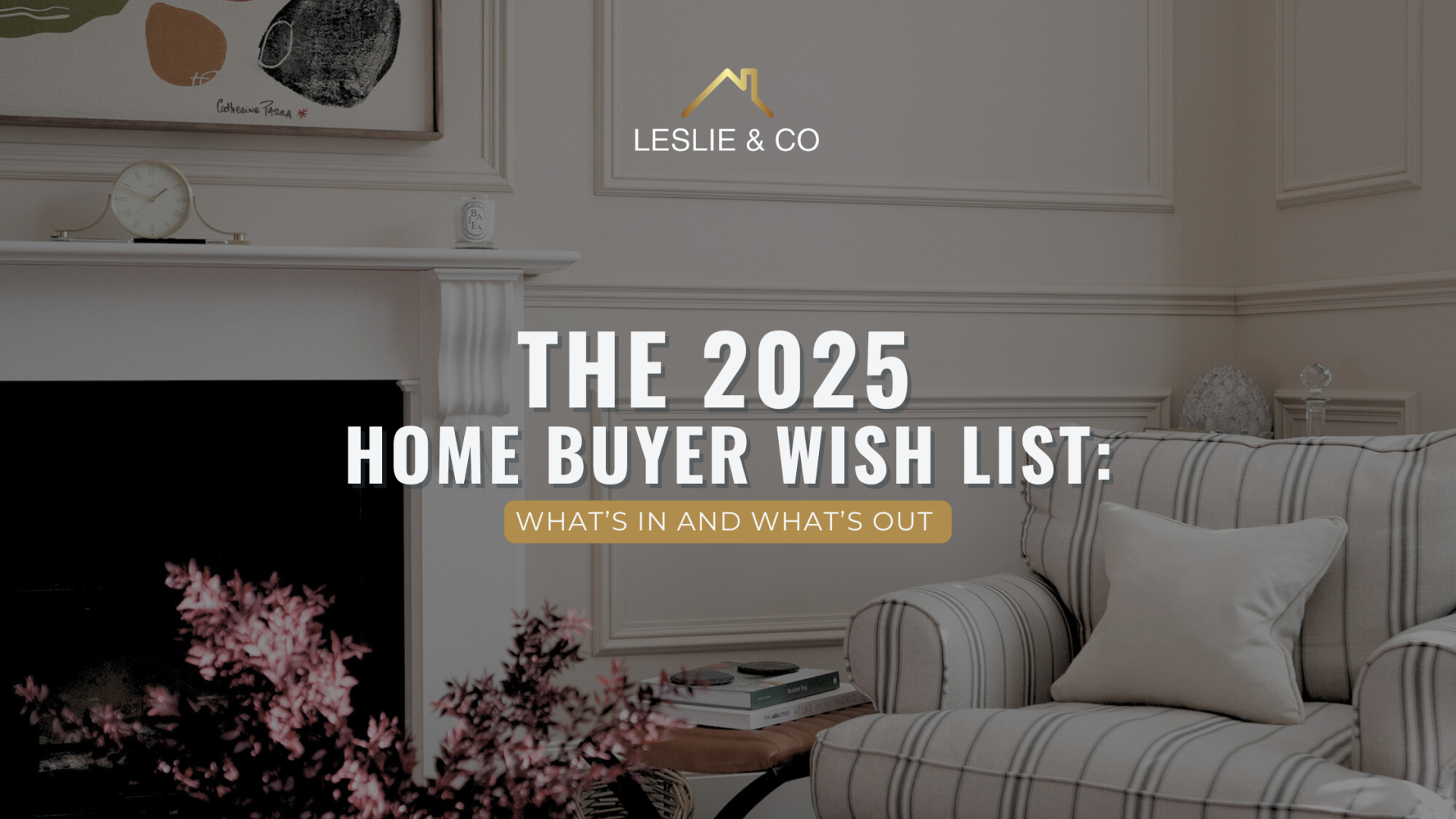The UK property market is always evolving, but 2025 has ushered in some striking shifts in what buyers really want. With hybrid work, climate concerns, and lifestyle priorities reshaping decisions, today’s Ealing homebuyer has a new set of non-negotiables. Whether you're selling, buying, or investing, knowing what's "in" and what's "out" could make all the difference.
Here's the definitive 2025 Home Buyer Wishlist, backed by the latest research and trends.
What's in?
1. Connectivity and commuting convenience
According to a recent survey by Market Financial Solutions, broadband and mobile connectivity have soared to the top of the priority list, with 82% of buyers marking it as essential. Surprisingly, this now ranks higher than traditional must-haves like gardens or even overall square footage.
Commuting is also making a comeback. Transport links have jumped dramatically in importance, climbing from 14th place in 2021 to 6th in 2024. Buyers, especially hybrid workers, want easy access to cities without sacrificing the benefits of suburban or rural living. Fast broadband and a good train line? That's the new gold standard.
Image via Pixabay
2. Sustainability and smart homes
Sustainability is no longer a niche concern. Buyers in 2025 are looking for homes that are future-proofed against rising energy costs and upcoming regulations. Properties boasting solar panels, heat pumps, smart thermostats, and top-tier Energy Performance Certificate (EPC) ratings are commanding premium interest.
Enness Global highlights that energy-efficient homes aren't just good for the planet – they’re also seen as financially savvy investments. Whether it's a newly built eco-home or a retrofitted Victorian terrace, sustainability sells.
3. Outdoor and multi-functional spaces
Outdoor space remains a key priority, but the demand is shifting toward functionality. Buyers want gardens that can double as office spaces, kids play zones, or relaxing retreats. Inside the home, flexibility is king: think spare bedrooms that can pivot between office, gym, or guest room use.
Decadence magazine reports that versatile living is no longer a nice-to-have but a major selling point. Homebuyers value clever layouts that allow spaces to adapt to different needs over time.
4. Wellness and biophilic design
Wellness at home has firmly taken root in buyer preferences. Properties that incorporate wellness-centric features like spa-style bathrooms, dedicated home gyms, and biophilic design elements – such as maximised natural light, indoor greenery, and organic materials – are seen as particularly desirable.
As Homeowners Club UK notes, homes that feel like sanctuaries have a distinct edge in today’s market.
Photo by Giorgio Trovato on Unsplash
5. Practical additions: parking, storage, and gardens
Traditional needs haven’t disappeared. According to Barclays, 40% of buyers still prioritise a garage or driveway, while 39% insist on having a garden. Storage spaces like pantries and utility rooms remain high on the wishlist too.
Buyers are looking for homes that combine modern conveniences with everyday functionality, ensuring a better quality of life and future resale value.
What's out?
1. Prioritising square footage over functionality
Size matters less than it once did. Market Financial Solutions points out that the obsession with large homes and extension potential has cooled. Buyers now prefer homes that are optimised for smarter living, rather than simply larger footprints.
A well-designed 1,200 sq ft home with high-speed internet, a smart heating system, and a great garden can easily trump a sprawling but outdated 2,000 sq ft property.
2. "Project homes" and major renovations
Gone are the days when buyers flocked to fixer-uppers dreaming of a Grand Designs-style makeover. According to Landlord Today, fewer people are willing to take on extensive renovations in 2025.
Skills shortages in the building trade, rising materials costs, and the desire for instant move-in readiness mean that homes in excellent condition attract a significant premium. Buyers increasingly want turnkey solutions, not projects.
Photo by immo RENOVATION on Unsplash
3. Poor energy efficiency
Homes with poor EPC ratings are falling out of favour fast. With government regulations tightening and energy bills rising, buyers are thinking long term about the costs of running a property. Those "beautiful period homes" with draughty windows and creaky boilers are now viewed through a much more critical lens.
If you're selling an older property, investing in eco-upgrades could be essential to maintaining its value.
Final thoughts: adapting to the 2025 buyer mindset
The key takeaway for sellers and agents in 2025? Flexibility, efficiency, and well-being are driving buyer decisions more than ever. A home that blends smart connectivity, energy savings, multi-use spaces, and a wellness-focused design is no longer exceptional – it’s expected.
If you’re thinking about selling or investing this year, tailoring your Ealing property to meet the new wishlist could be the smartest move you make.
Ready to find out how your home stacks up against 2025's buyer expectations?
Get in touch with our team today for a personalised property appraisal – and make sure your next move is the right one. Call Leslie & Co on 020 3488 6445.


 4 minute read posted by
4 minute read posted by 



Share this with
Email
Facebook
Messenger
Twitter
Pinterest
LinkedIn
Copy this link